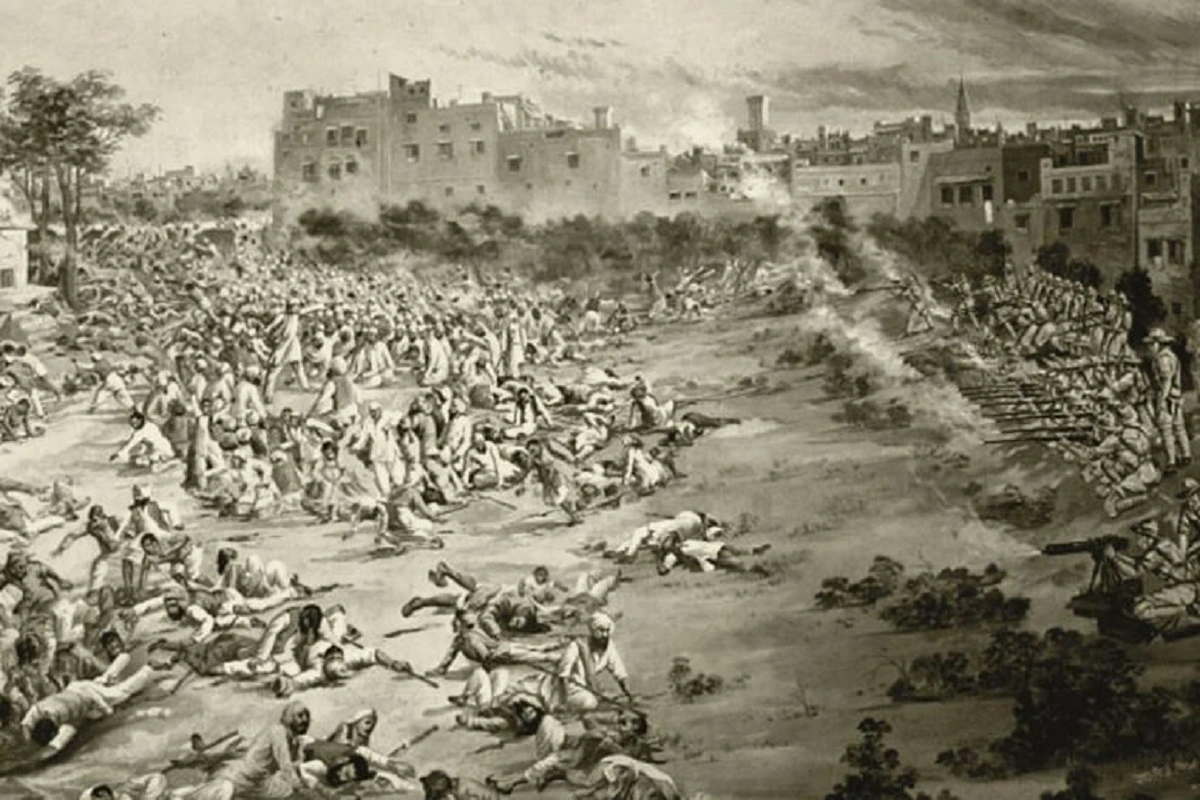
Hari Ram, who was 36 years old at the time, left his home on April 13, 1919, to go to a “peaceful meeting” against the Rowlett Act. He guaranteed his significant other and the mother of his two small kids that he would be back soon. His wife, Ratan Kaur, had made a special rice pudding for Baisakhi, the Punjabi New Year, which the family was going to celebrate together. Hari Ram, a lawyer, went back home. Like most Punjabis, he kept his word. However, his eyes were watery from pain, and his clothes were stained with blood. He had two gunshot injuries and passed away before long.
The “kheer” didn’t change in taste
Ratan Kaur suddenly found herself on her own, tasked with looking after her two young children, ages two and four. After that, she and her family never again observed Baisakhi. Many families, similar to hers, were left grieving and stunned by the development. Despite the fact that they were not injured themselves, they were scarred forever.
This reprehensible act by General Dyer resulted in the deaths of hundreds of people, many of whom were children, including Madan Mohan.
Two shots were fired at Lala Guranditta in the leg. He recalled the scene of the cold-blooded genocide and the hundreds of piles of dead bodies, often stacked on top of one another. He especially remembers the bodies of a 12-year-old boy and a 3-year-old girl, who were both dead and had their arms tightly wrapped around each other.
What do we call these deaths—martyrdom or victimhood
On this dark day in the history of India’s struggle for independence, many people were killed. There was a call for a peaceful protest against the Rowlett Act on April 13, 1919. On that fateful day, thousands of unarmed women, children, and men gathered at Jallianwala Bagh to celebrate Baisakhi and stage a protest against the arrest of their leaders, despite the British ban on public gatherings due to unrest and protests against this act. Brigadier-General Reginald Dyer was angered at this purported ‘insubordination’ of regular people and chose to handle them and rebuff them his way. As they say, the rest is history! The main exit to the ground was fixed. The troops opened fire without warning, firing more than 1650 rounds continuously for ten minutes at the unarmed, unsuspecting crowd. To save their lives, many people jumped into what is now known as the “martyrs well.” This ridiculous bloodletting left hundreds dead and thousands injured. Additionally, the bloodbath haunted these wounded martyrs throughout their lives.
Jodh Singh, a 17-year-old who escaped death that day but continued to recall how celebrations turned into a massacre until his death in 2003, is one such survivor. As he recalled the tiniest details of his companion and cousin’s on-the-spot shooting deaths, his diary shed light on his trauma.
Ishwar Das Anand, another survivor, was able to avoid the massacre by a few minutes. As he had left the ground for a business deal just minutes before the firing started, he endured years of survivor’s guilt. He had left his companions at the location, asking them to save his place and buy him some sweets. Ishwar was told by the armed police to leave the streets when he heard crying while passing through the bazaars. He did so and ran home. His companions were killed in the occurrence, the culpability of which remained with him forever.
22-year-old Nanak Suri joined the serene dissent at Jallianwala Bagh right then and there. He survived because he was buried beneath the bodies and went unnoticed in one of the British Raj’s worst atrocities. He proceeded to compose a long, troubling sonnet about his frightening experience. In 1920, the poem was outlawed by the British. It was rediscovered and translated into English by his grandson, Navdeep Suri, after 60 long years.
To read more such news, download Bharat Express news apps


















